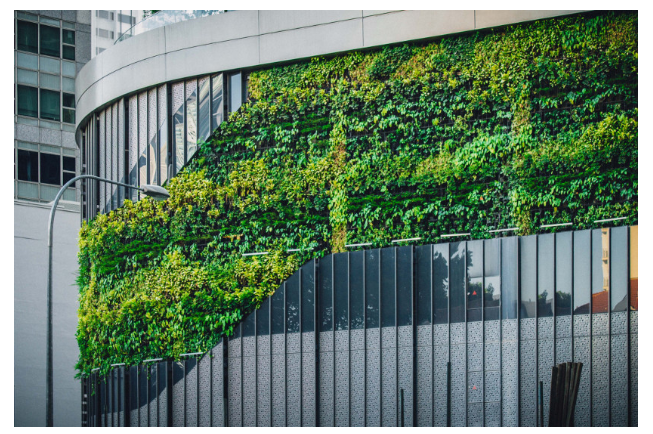Biophilic Design: Nature’s Blueprint for Sustainable Architecture
Introduction
In an era marked by environmental consciousness and a longing for connection with nature, architects are increasingly turning to biophilic design principles to create sustainable and harmonious built environments. This article explores the profound impact of biophilic design, examining how architects are integrating nature-inspired elements into structures to enhance well-being, sustainability, and the overall human experience.
The Essence of Biophilic Design
Biophilic design is rooted in the innate human connection with nature. Architects drawing inspiration from this concept incorporate natural elements, patterns, and processes into the built environment. Whether through the use of natural materials, abundant greenery, or the strategic placement of water features, biophilic design seeks to create spaces that resonate with the natural world, fostering a sense of tranquility and balance.
Human-Centric Well-Being
Central to biophilic design is the emphasis on human well-being. Architects are intentionally designing spaces that promote physical health, reduce stress, and enhance cognitive function. Incorporating elements such as natural light, indoor plants, and views of nature not only improves the overall aesthetic of a space but also contributes to the mental and emotional well-being of its inhabitants.
Nature as a Blueprint for Sustainability
Biophilic design goes hand in hand with sustainability. Architects are mimicking nature’s efficiency in resource use, waste reduction, and energy conservation. Green roofs, for example, not only provide insulation but also absorb rainwater and support biodiversity. By aligning with nature’s principles, architects are creating structures that are not only aesthetically pleasing but also environmentally responsible.
Blurring the Boundaries Between Indoors and Outdoors
One hallmark of biophilic design is the deliberate blurring of boundaries between interior and exterior spaces. Architects are creating seamless transitions, allowing occupants to feel connected to nature regardless of their physical location. This approach not only expands usable space but also encourages a deeper appreciation for the natural world.
Biophilic Design in Urban Landscapes
Biophilic design is particularly impactful in urban settings where green spaces are often limited. Architects are incorporating vertical gardens, green facades, and pocket parks into urban landscapes to bring a touch of nature to densely populated areas. These interventions not only contribute to urban biodiversity but also offer residents a respite from the concrete jungle.
Cultural Significance and Identity
Biophilic design is not only a response to environmental and well-being concerns but also an expression of cultural identity. Architects are integrating local flora, traditional craftsmanship, and nature-inspired motifs into their designs, creating structures that resonate with the cultural and ecological context of their surroundings. This approach fosters a sense of place and strengthens the connection between people and their environment.
Challenges and Future Directions
While biophilic design has gained momentum, challenges such as cost considerations, maintenance requirements, and a lack of awareness still exist. Overcoming these challenges will require collaboration among architects, policymakers,slot online terpercaya and the broader community to prioritize and integrate biophilic principles into the mainstream of architectural practice.
Conclusion
Biophilic design represents a transformative approach to architecture, recognizing the profound impact of nature on human well-being and the environment. As architects continue to embrace and refine biophilic principles, the built environment will evolve into spaces that not only serve functional purposes but also nurture the human spirit. By integrating nature’s wisdom into the blueprint of architecture, designers are creating a sustainable and harmonious future where the built environment coexists seamlessly with the natural world.



